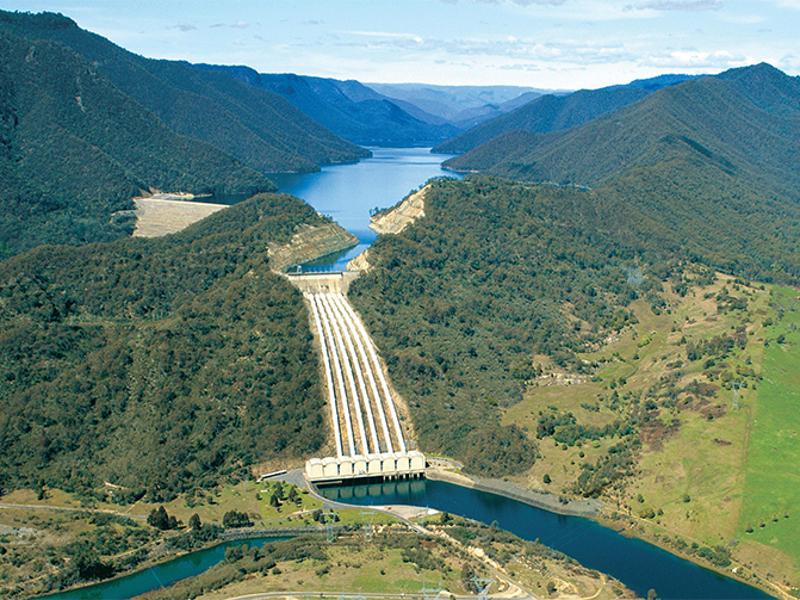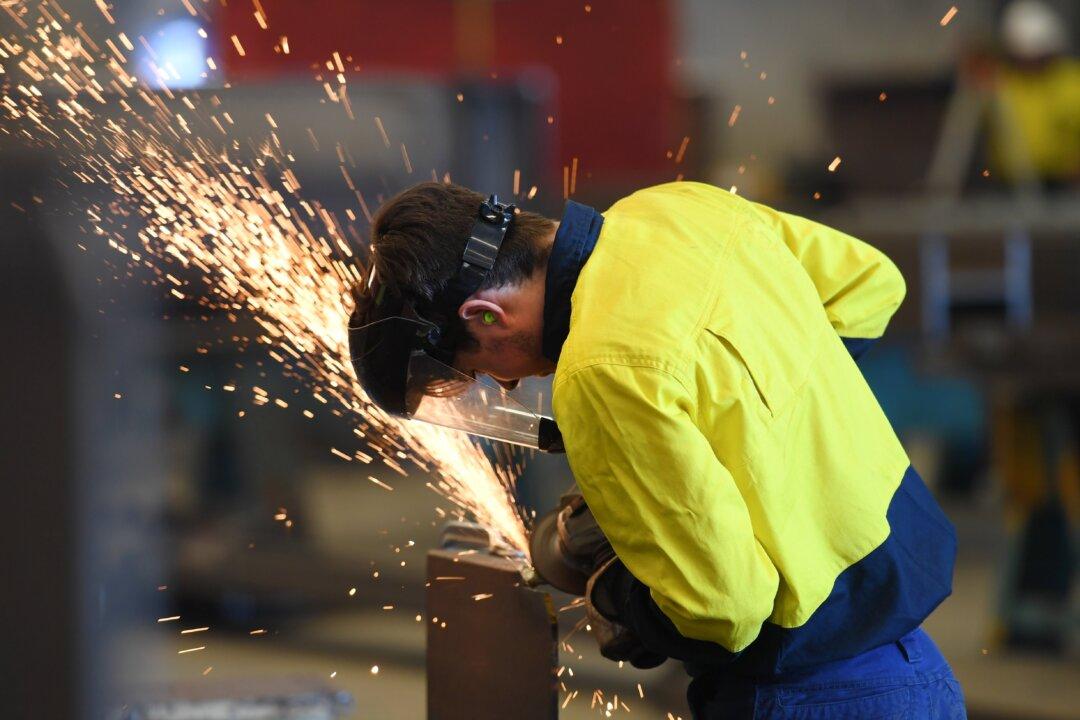Snowy Hydro’s chief executive, Dennis Barnes, has apologised for the project’s six-fold cost blowout, saying that previous estimates were made prior to his tenure and that Australians will see a return on investment.
Speaking to ABC radio on Sept. 1, Mr. Barnes, who was appointed to the role in February, said there were four factors that led to the two to $12 billion cost blowout.





